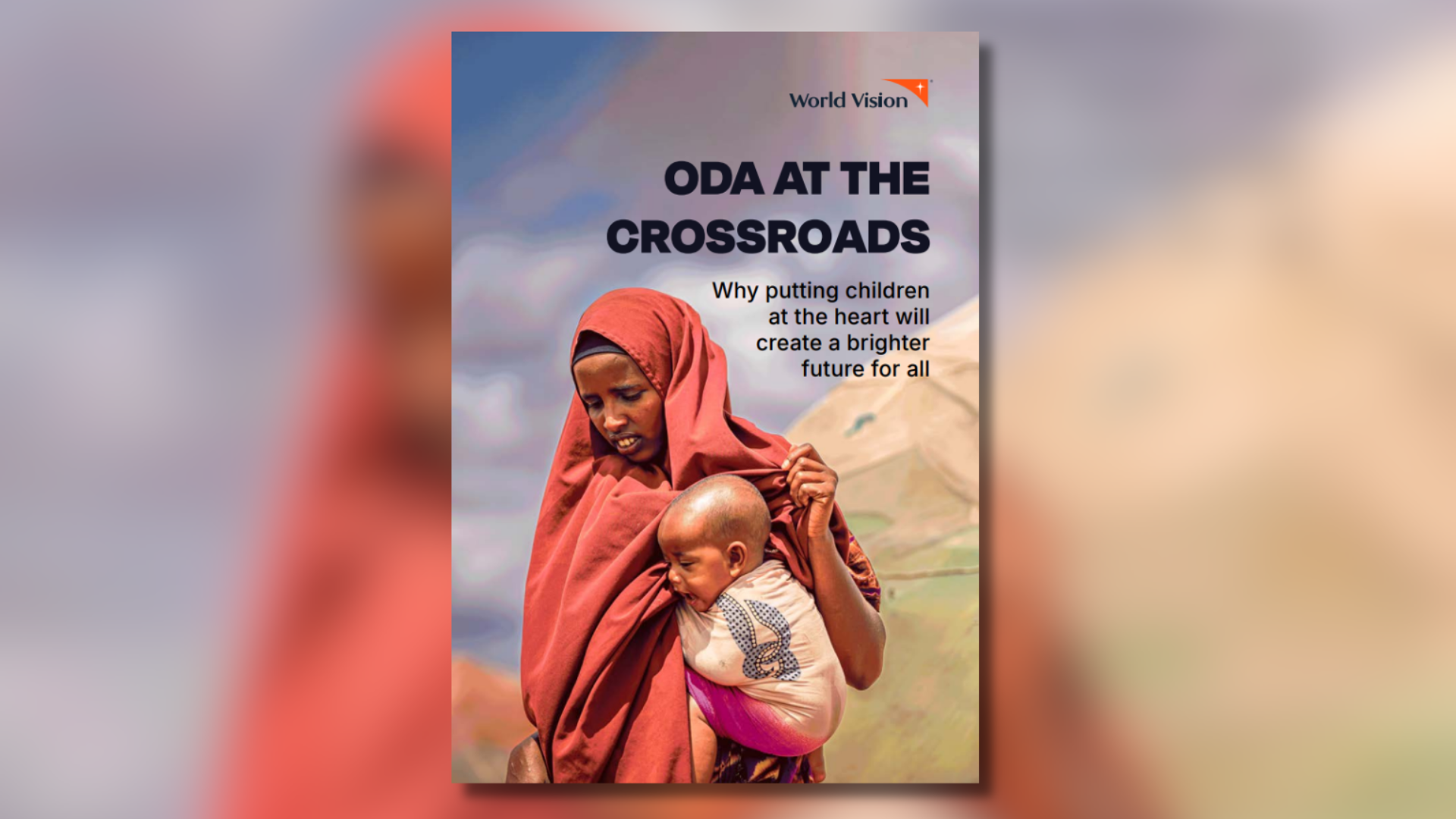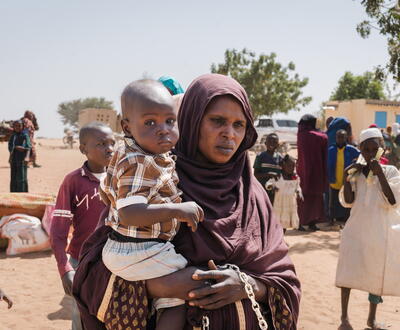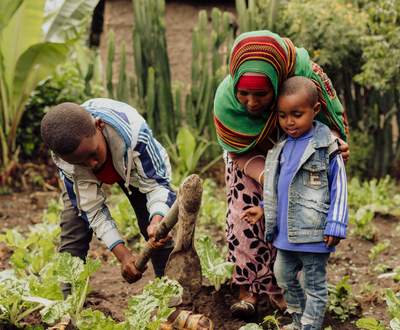
About the report
‘ODA at the crossroads: Why putting children at the heart will create a brighter future for all’ uses data and economic analysis of OECD/DAC database undertaken by EY-Parthenon, combined with publicly available information about aid cuts in a number of major donors to make new projections about the lost return on investment from reduced overseas development assistance.
Lost return on investment is based on applying the exact figure of €8.31 in returns for every €0.85 spent to a projected €14,136,377,495.91 decrease in child specific and child related ODA between 2023 and 2030. This is a baseline forecast that assumes continuation of current trends and no additional sharp cuts to ODA besides those already announced by France, Netherlands, Belgium, the United Kingdom and the United States. It does not include proposed cuts by the German government announced in June 2025, which would cause further lost investment.
Key Findings
- For every $1 in international aid spent on children, the world gets a $10 return on investment, from better education, health and other outcomes.
- Donors projected to cut overall international aid by $51 billion from 2025 by 2030.
- With less and less aid going to children, this means $163 billion loss – in boys’ and girls’ futures, health and education.

